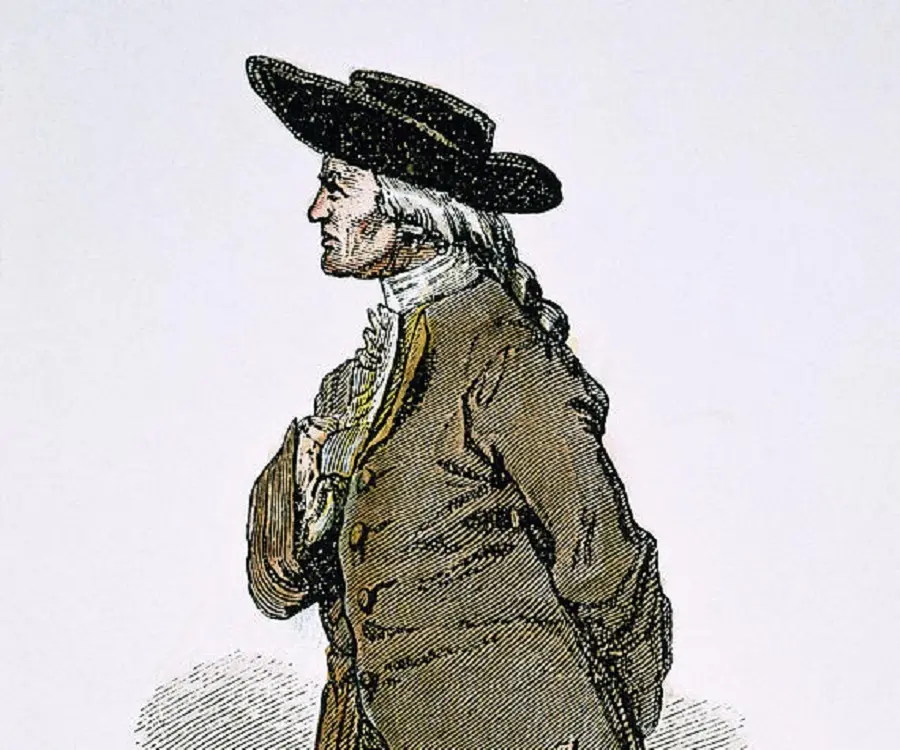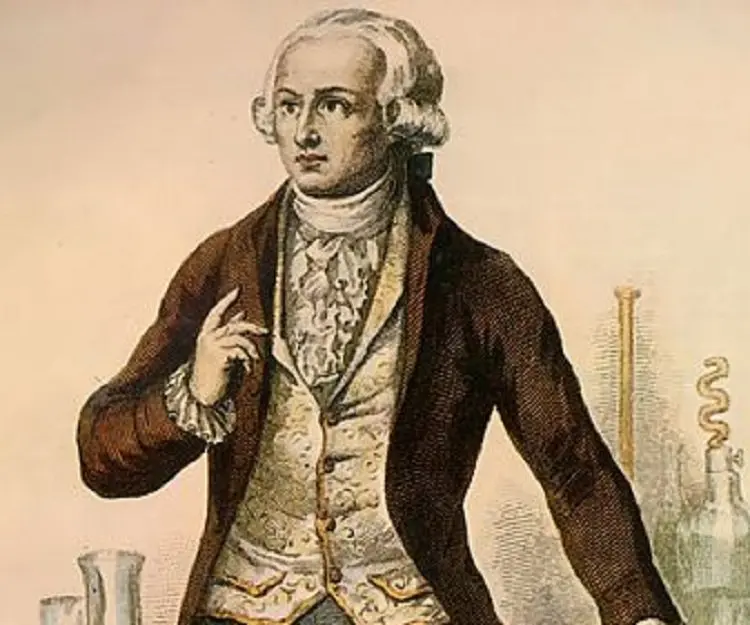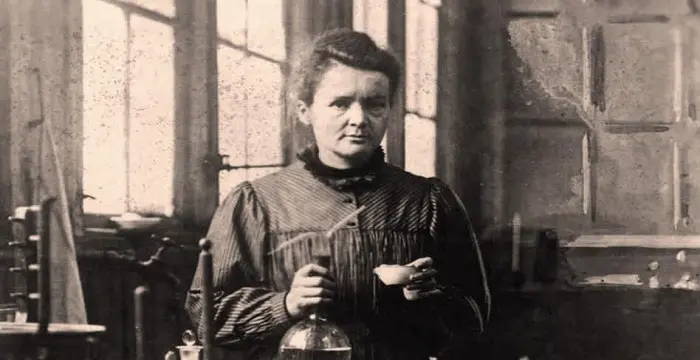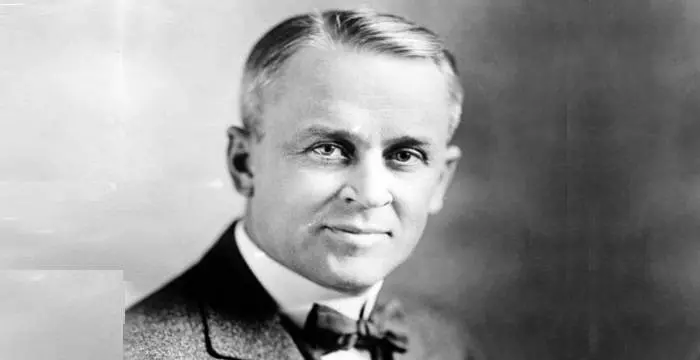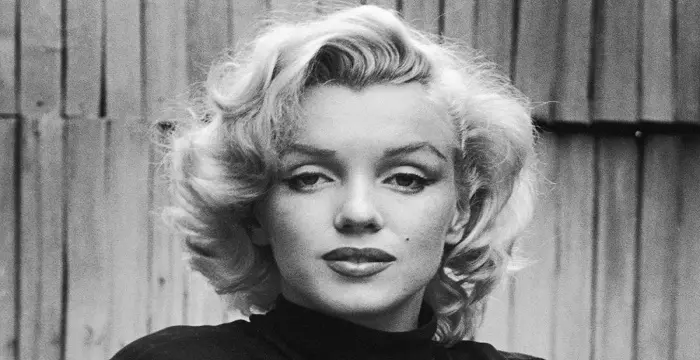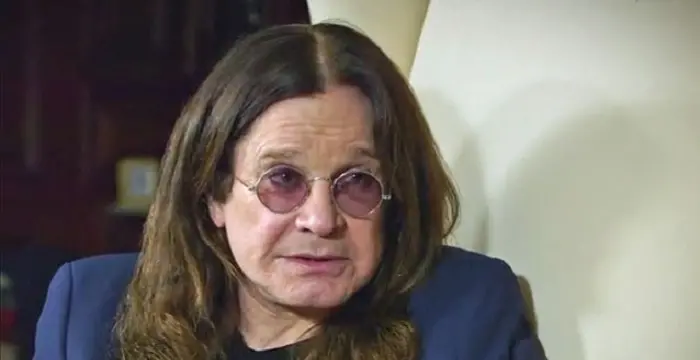
Henry Cavendish - Physicists, Family and Facts
Henry Cavendish's Personal Details
Henry Cavendish was a theoretical chemist and physicist, renowned for discovery of hydrogen and calculation of the mass of earth
| Information | Detail |
|---|---|
| Birthday | October 10, 1731 |
| Died on | February 24, 1810 |
| Nationality | British |
| Famous | School Dropouts, Scientists, Physicists, Chemists |
| Known as | Кавендиш, Генри |
| Universities |
|
| Birth Place | Nice |
| Gender | Male |
| Father | Lord Charles Cavendish |
| Sun Sign | Libra |
| Born in | Nice |
| Famous as | Chemist |
| Died at Age | 78 |
// Famous Scientists
Juliane Koepcke
Juliane Koepcke is a German-Peruvian biologist, who was the lone survivor among the 92 passengers and crew of the ill-fated LANSA Flight 508 that crashed in the Peruvian rainforest on 24 December 1971. Know more about her life in this biography.
Konstantin Tsiolkovsky
Konstantin Tsiolkovsky was a Russian rocket scientist and a pioneer of astronautics. This biography provides detailed information about his childhood, family, personal life, career, achievements, etc.
Gabe Newell
Gabe Newell is an American computer programmer and businessman, best known as the co-founder of ‘Valve Corporation.’ This biography provides detailed information about his childhood, family, personal life, career, etc.
Henry Cavendish's photo
Who is Henry Cavendish?
Henry Cavendish was a renowned British scientist of the eighteenth century who is credited with discovery of the element hydrogen. His scientific experiments were instrumental in reformation of chemistry and heralded a new era in the field of theoretical chemistry. He always possessed a scientific bent of mind and after completing his schooling he enrolled at the prestigious ‘Cambridge University’ to pursue higher studies but soon dropped out to pursue his own scientific research. He was always known for his ability to record precise measurements and it was the reason the ‘Royal Greenwich Observatory’ hired him for auditing and evaluating the meteorological instruments. His expertise with instruments is evident in many of his scientific pursuits including the Cavendish Experiment to determine the mass of earth and experiments perform to estimate the composition of atmospheric air. He is also renowned as one of the first scientists who propounded the theory of Conservation of mass and heat. Despite his accomplishments Cavendish led a life of isolation and was wary of social gatherings. Even during the Royal Society dinners, which were the only social gatherings he attended, this remarkable chemist was found lurking in the empty corridors and sneaked in when no one was noticing. Read on to know more about his scientific contributions and life.
// Famous Chemists
Walter Kohn
Nobel Laureate Walter Kohn was an Austrian-born American theoretical chemist and physicist. Check out this biography to know about his childhood, life, achievements, works & timeline.
Jabir Ibn Hayyan
Jabir Ibn Hayyan was a medieval era polymath. Check out this biography to know about his life, works and achievements.
Marie Curie
Marie Curie was a Physicist and Chemist, who was world renowned for her work on radioactivity. She also was the winner of two Nobel Prize. Read this biography to get info about her life and profile.
Childhood & Early Life
Henry Cavendish was born, to parents of Norman origin, Lady Anne Grey and Lord Charles Cavendish, on 10 October 1731 in the city of Nice, France.
After Lady Anne’s demise in 1733, Henry and his younger brother Frederick were raised by their father.
Young Henry enrolled at the ‘Hackney Academy’ in London from where he completed his schooling. He then attended the ‘St Peter’s College’ affiliated to the ‘University of Cambridge’ in 1749. But he soon abandoned his education to pursue research work in the laboratory he set up in London.
Career
Henry’s association with the ‘Royal Society of London’ first began in the year 1760 when he was nominated a member of the ‘Royal Society’ as well as the ‘Royal Society Club’. An introvert by nature, he steered clear of any political agenda but partook a special interest in servitude to the scientific community.
In 1765, he was appointed to the ‘Council of the Royal Society of London’, in which capacity he put to use his scientific expertise and served on numerous committees including the ‘Royal Greenwich Observatory’. The following year his scientific publication titled ‘Factitious Airs’ was released.
From 1769-1773, Henry was involved with various scientific committees of the Royal Society, such as the committee which spearheaded the publication of scientific journal ‘Philosophical Transactions’, the astronomical committee which studied the transit of Venus, the committee studying gravitational attraction of mountains and the committee which marshalled the exploration of North Pole.
Henry was appointed manager of the newly founded ‘Royal Institution of Great Britain’ in 1800. Here the exceptionally talented chemist assisted the Cornish inventor, Humphry Davy, in his research.
Henry like many of his contemporaries observed the formation of a gas when a metal reacts with an acid. He named the resulting gas “inflammable air” (now known as hydrogen) and did pioneering work in establishing its nature and properties. His detailed findings were published in a paper in 1766.
Henry next embarked on the study of chemical reactions between alkalis and acids. He observed that similar to reaction between metal and acid, a gas is evolved when alkalis and acids combine.
He studied the chemical properties such as combustibility and physical properties such as solubility and specific gravity of the resulting gas, which he dubbed as “fixed air” (now known as carbon dioxide).
In 1783, he studied eudiometry and devised a new eudiometer, which provided near exact results. The same year he stated in a paper his findings regarding the chemical composition of water.
In 1785, he began his investigation on the chemical composition of atmospheric air and concluded that common air was comprised of 4 parts nitrogen and 1 part of oxygen. In this process he stumbled upon the inert gases, a concept explained later noted physicists William Ramsay and Lord Rayleigh.
In his earlier studies Cavendish had explained heat to be a resultant of moving matter and in 1783 his paper which dealt with freezing point of mercury he dabbled with the concept of latent heat.
In the late 1780s he published his detailed findings on heat and his research implied the concept of conservation of heat. He even pioneered the idea that heat and work are interchangeable and explained the mechanical equivalent of heat.
He continued the work of British geologist John Mitchell after the latter’s demise. John who was working on calculating earth’s density before his demise had devised an apparatus for the purpose. Henry improvised the apparatus and eliminated any possible source of arising due to temperature differences or air currents.
He then calculated the average density of earth to be 5.48 times greater than density of air, a calculation that only differs by 10% to modern day calculations made using sophisticated instruments. The experiment performed in 1798 was named as the ‘Cavendish Experiment’.Though most of his studies on electricity were not published long after his death this great scientist also made significant to the field. He studied electrical conductivity of electrolytes and even established a relation between current and electric potential. He also deduced the mathematical proof for attraction between opposite charges and did research on the properties of dielectrics.
Major Works
Though Henry made numerous contribution in the field of chemistry he was most known for performing the ‘Cavendish Experiment’, through which he calculated the mass of Earth. The results obtained from his experiments were highly accurate and precise lying within the 10% error bracket of modern day result.
Awards & Achievements
For his studies on carbon dioxide and its chemical and physical properties, Henry was awarded the Royal Society’s ‘Copley Medal’.
Personal Life & Legacy
Henry was an introvert and was extremely shy of female companions; he devoted his entire life to scientific development.
On 24 February 1810, this eminent scientist breathed his last in his London home and was interred at the Derby Cathedral of England.
The street which housed his residence in Derby was named after this revered scientific mind.
Trivia
This famous scientist was reportedly so shy of any female company that any of his maids were fired if they were found in his vicinity.
// Famous Physicists
Walter Kohn
Nobel Laureate Walter Kohn was an Austrian-born American theoretical chemist and physicist. Check out this biography to know about his childhood, life, achievements, works & timeline.
Nikola Tesla
Nikola Tesla was a Serbian-American inventor, best known for his development of alternating current electrical systems. This biography of Nikola Tesla provides detailed information about his childhood, life, achievements, works & timeline.
Robert Andrews Millikan
Robert Andrews Millikan was an eminent American experimental physicist who won the Nobel Prize for Physics in 1923 for his work on photoelectric effect. Check out this biography to know about his childhood, life, achievements, works & timeline.
Henry Cavendish's awards
| Year | Name | Award |
|---|---|---|
Other | ||
| 0 | Copley Medal | |
Henry Cavendish biography timelines
- // 10th Oct 1731Henry Cavendish was born, to parents of Norman origin, Lady Anne Grey and Lord Charles Cavendish, on 10 October 1731 in the city of Nice, France.
- // 1733After Lady Anne’s demise in 1733, Henry and his younger brother Frederick were raised by their father.
- // 1749Young Henry enrolled at the ‘Hackney Academy’ in London from where he completed his schooling. He then attended the ‘St Peter’s College’ affiliated to the ‘University of Cambridge’ in 1749. But he soon abandoned his education to pursue research work in the laboratory he set up in London.
- // 1760Henry’s association with the ‘Royal Society of London’ first began in the year 1760 when he was nominated a member of the ‘Royal Society’ as well as the ‘Royal Society Club’. An introvert by nature, he steered clear of any political agenda but partook a special interest in servitude to the scientific community.
- // 1765In 1765, he was appointed to the ‘Council of the Royal Society of London’, in which capacity he put to use his scientific expertise and served on numerous committees including the ‘Royal Greenwich Observatory’. The following year his scientific publication titled ‘Factitious Airs’ was released.
- // 1766Henry like many of his contemporaries observed the formation of a gas when a metal reacts with an acid. He named the resulting gas “inflammable air” (now known as hydrogen) and did pioneering work in establishing its nature and properties. His detailed findings were published in a paper in 1766.
- // 1769 To 1773From 1769-1773, Henry was involved with various scientific committees of the Royal Society, such as the committee which spearheaded the publication of scientific journal ‘Philosophical Transactions’, the astronomical committee which studied the transit of Venus, the committee studying gravitational attraction of mountains and the committee which marshalled the exploration of North Pole.
- // 1783In 1783, he studied eudiometry and devised a new eudiometer, which provided near exact results. The same year he stated in a paper his findings regarding the chemical composition of water.
- // 1783In his earlier studies Cavendish had explained heat to be a resultant of moving matter and in 1783 his paper which dealt with freezing point of mercury he dabbled with the concept of latent heat.
- // 1785In 1785, he began his investigation on the chemical composition of atmospheric air and concluded that common air was comprised of 4 parts nitrogen and 1 part of oxygen. In this process he stumbled upon the inert gases, a concept explained later noted physicists William Ramsay and Lord Rayleigh.
- // 1798He then calculated the average density of earth to be 5.48 times greater than density of air, a calculation that only differs by 10% to modern day calculations made using sophisticated instruments. The experiment performed in 1798 was named as the ‘Cavendish Experiment’.Though most of his studies on electricity were not published long after his death this great scientist also made significant to the field. He studied electrical conductivity of electrolytes and even established a relation between current and electric potential. He also deduced the mathematical proof for attraction between opposite charges and did research on the properties of dielectrics.
- // 1800Henry was appointed manager of the newly founded ‘Royal Institution of Great Britain’ in 1800. Here the exceptionally talented chemist assisted the Cornish inventor, Humphry Davy, in his research.
- // 24th Feb 1810On 24 February 1810, this eminent scientist breathed his last in his London home and was interred at the Derby Cathedral of England.
// Famous School Dropouts
Charles Bukowski
Charles Bukowski was a German-born American novelist, short story writer and poet. With this biography, learn in details about his childhood, life, works, career and timeline
Nicole Kidman
Nicole Kidman is one of the most talented actors that the Hollywood film industry can boast of. Browse through this biography to get detailed information regarding her life, childhood, profile & timeline
Steven Tyler
Steven Tyler is the lead singer of the rock band Aerosmith and also plays multiple instruments for the band. This biography of Steven Tyler provides detailed information about his childhood, life, achievements, works & timeline.
Simon Cowell
Simon Cowell is a television personality, producer and entrepreneur. This biography of Simon Cowell provides detailed information about his childhood, life, achievements, works & timeline.
Marilyn Monroe
Marilyn Monroe was a famous and one of the foremost and biggest sex symbol of Hollywood. This biography of Marilyn Monroe provides detailed information about her childhood, life, achievements, works & timeline.
Ozzy Osbourne
Ozzy Osbourne is a famous vocalist and songwriter. This biography of Chris Ozzy Osbourne provides detailed information about his childhood, life, achievements, works & timeline.
Henry Cavendish's FAQ
What is Henry Cavendish birthday?
Henry Cavendish was born at 1731-10-10
When was Henry Cavendish died?
Henry Cavendish was died at 1810-02-24
Where was Henry Cavendish died?
Henry Cavendish was died in London
Which age was Henry Cavendish died?
Henry Cavendish was died at age 78
Where is Henry Cavendish's birth place?
Henry Cavendish was born in Nice
What is Henry Cavendish nationalities?
Henry Cavendish's nationalities is British
What was Henry Cavendish universities?
Henry Cavendish studied at Peterhouse, Cambridge, University of Cambridge
Who is Henry Cavendish's father?
Henry Cavendish's father is Lord Charles Cavendish
What is Henry Cavendish's sun sign?
Henry Cavendish is Libra
How famous is Henry Cavendish?
Henry Cavendish is famouse as Chemist




